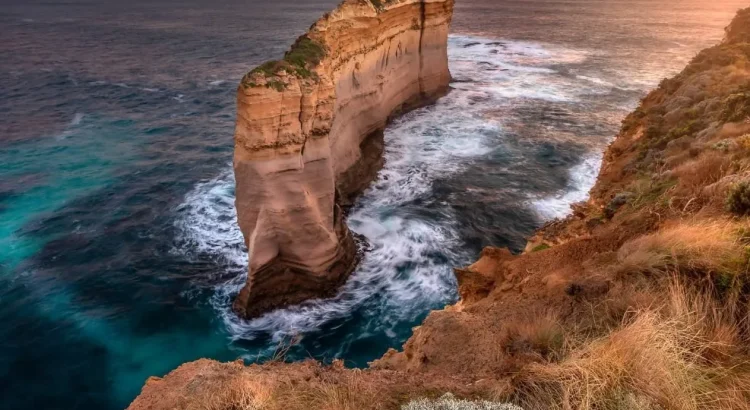The Great Ocean Road is a famous Australian coastal route that covers around 240 kilometres along the southern coast from Torquay to Warrnambool. It’s been renowned as one of the most iconic scenic drives that involve rocky cliffs, amazing ocean views and lovely beachfronttowns. Whether you are planning a road trip or long-term hiking, this article provides some important tips and information to make your backpacking adventure along this beautiful stretch of coastline more interesting.
How to Plan Your Trip
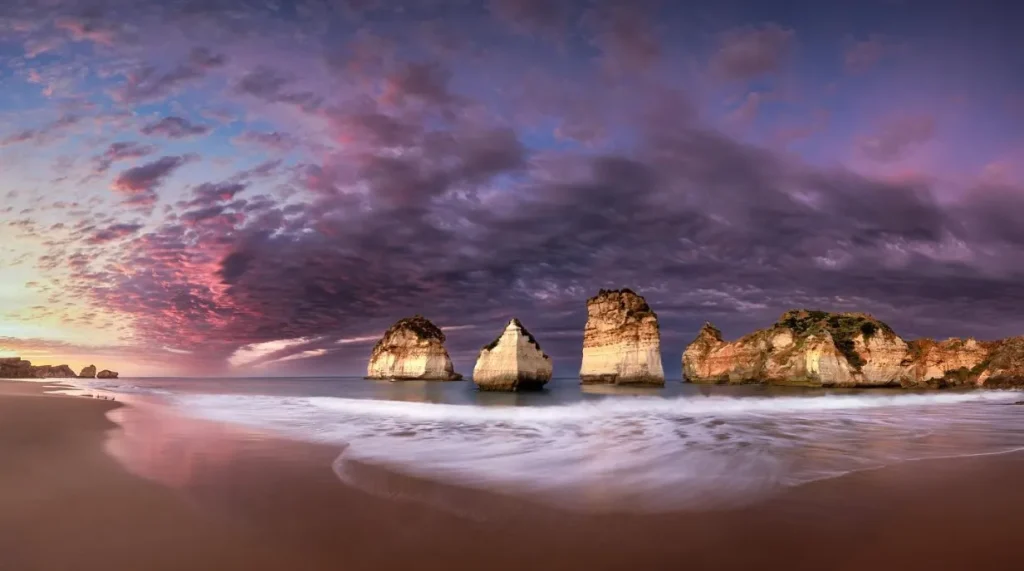
It is important to plan well so as to have a good backpack experience. Here are some of the considerations:
- Choosing the Route: Bells Beach, Apollo Bay and Port Campbell are among the major highlights on the Great Ocean Road. Calculate how long you will be traveling and then consider making stops at places such as Cape Otway, Johanna Beach or London Bridge known for its pink limestone stacks. A detailed map should be handy here allowing you conveniently navigate through and around maximizing your time well.
- Means of Transportation: On convenience grounds, consider hiring a car or van that can be used for camping purposes. This will allow you to explore small towns located along the coast line as well as various scenic areas at your own pace apart from public transport options which might not cover all crucial destinations. Alternatively shuttle services and connections to Avalon Airport/Melbourne airport can be used.
- Permits & Charges: Always check if there is any permit required for camping or park entry fees paid in advance when making reservations for remote areas since their remote receptions offices may have limited hours for business operation. Furthermore additional information about these can also be obtained from service providers available en route.
What Time Should You Hike Great Ocean Walk?

Great ocean walk boasts stunning coastal views and diverse landscapes throughout its length. Each season has unique traits:
Summer
During summer months, temperatures rise while days become longer thus ideal conditions for day hikes with spectacular views of landmark formations being visible on the coastal route. However, crowded paths may cause higher housing costs and necessitate wearing hats and sunglasses. Apollo Bay and Bells Beach are busy tourist destinations.
Autumn
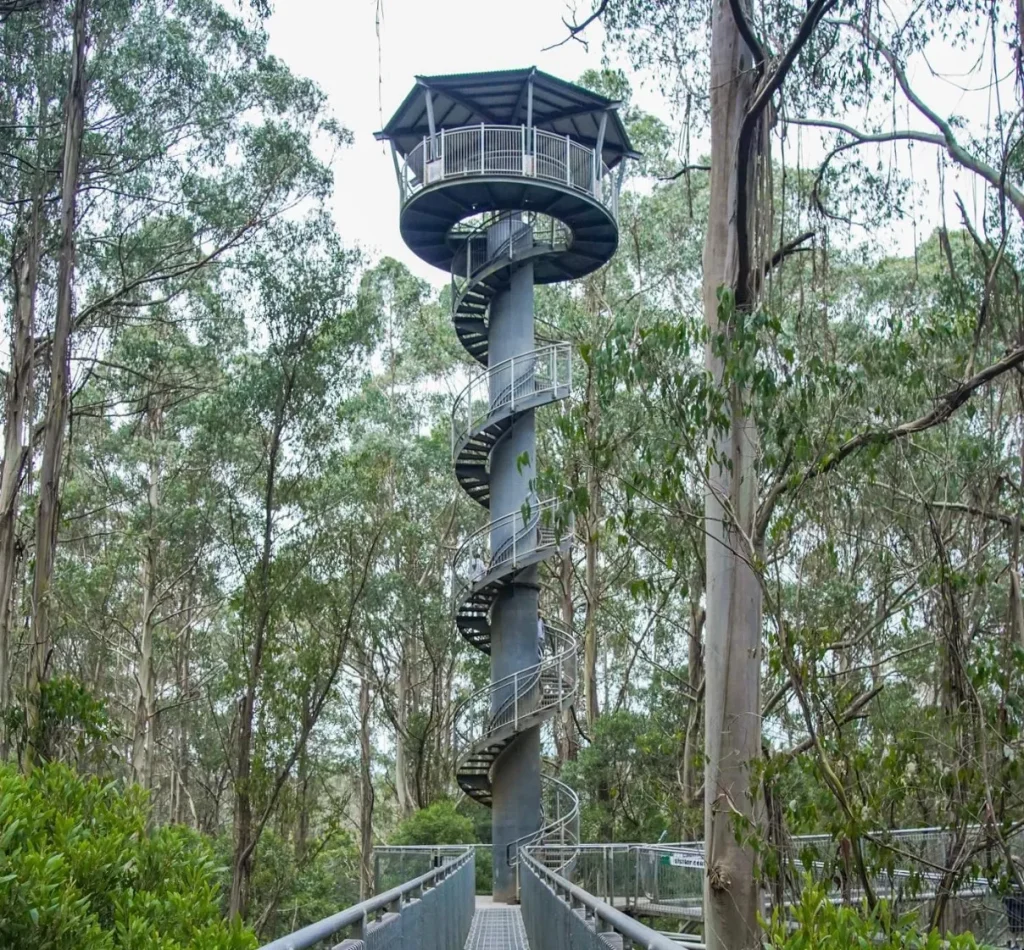
Compared to other seasons in a year autumn is characterized by cooler temperatures as well as reduced number of domestic tourists. When you hike through changing foliage it just feels great. This season therefore provides the best environments for short trips or even day hikes of attractions like Triplet Falls and Otway Fly Treetop Adventures.
Winter
The winter season comes with cool weather conditions that may be accompanied with rains making hiking a bit cumbersome. In spite of cold temperature, privacy is a guarantee here while coastal scenes are simply amazing. It is advisable to expect muddy paths as well as possible shifts in tidal movements. During winter months visitors should go to less known areas including Ryan’s Den and Wreck Beach.
Spring
This time brings about mild temperatures and blooming wildflowers hence multiple days’ walks become more enjoyable at this point. Enjoy the vibrant coastal scenery and pleasant weather. Spring is perfect for exploring places such as the Bay of Martyrs or spending time around towns like Lavers Hill and Port Fairy, among several others situated along the coast.
Necessary Gear for Backpacking
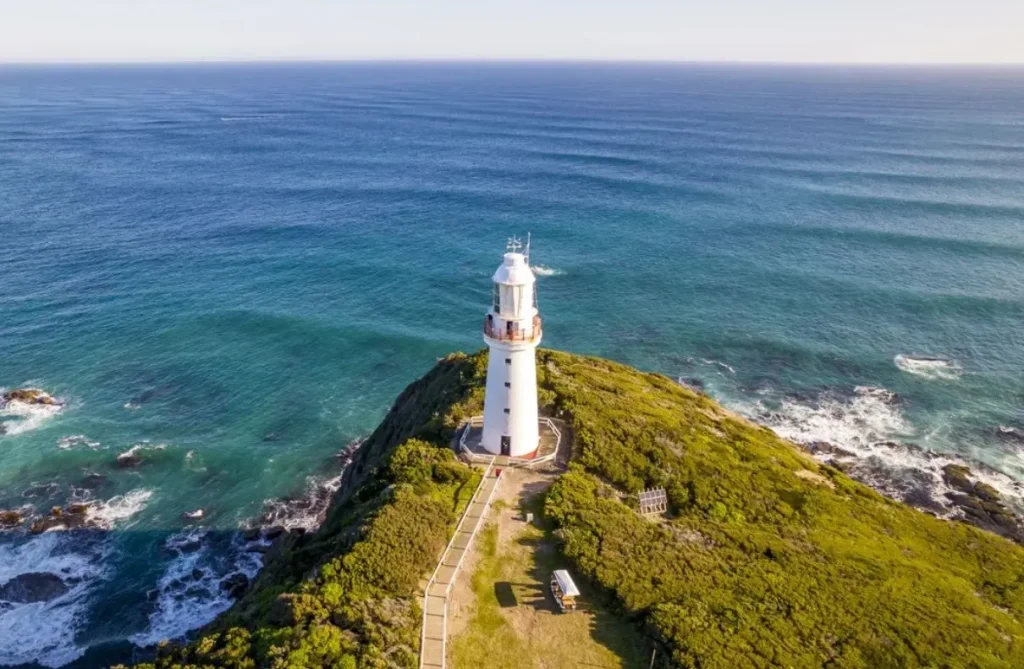
Here are some essential backpacking items that will make your trip safe and comfortable:
- Backpack: A comfy backpack that fits well on the shoulders should have enough space for all your requirements throughout the camping period, so considering something portable would do better, including taking into account a power station/portable charger to help keep your devices powered up all the way long.
- Clothing: Dress in layers so you can put on or remove outer garments depending on changes in weather conditions within hours; moreover bring sunscreens together with waterproofs if there will be downpours when least expected.
- Footwear: Buy strong boots made specifically for climbing steep hills and going across rough terrain regions.
- Hydration: When passing through locations where there is drinkable water make sure that you have a provision for storing it in a bottle. Also, coastal towns and visitor centers can refill the bottle for you.
- Route maps or a GPS gadget is necessary for navigating the scenic route and finding key spots like Otway Lightstation and Cape Otway Lighthouse.
- Camping Equipment: Tent, sleeping bag and cooking utensils are some of the things you should bring if you plan to camp. Some of the best campsites around include Bimbi Park and Elliot Ridge.
Where to Stay on the Great Ocean Walk

From camping sites to hotels, there are various types of accommodations. Here is a breakdown:
Camping
Through camping, one gets to be close to nature. Places such as Bimbi Park and Blanket Bay offer beautiful views as well as easy access to natural attractions. It is important that you check trail hours and regulations prior.
Hotels and B&B Options
If you would like something more comfortable, try staying in Apollo Bay or Port Campbell. Hotels and B&Bs have facilities in place for their guests and are located near tourist attractions. There are several options with stunning ocean views which also lie within a stone’s throw from places like Memorial Arch or Loch Ard Gorge.
Must See Places on the Great Ocean Road
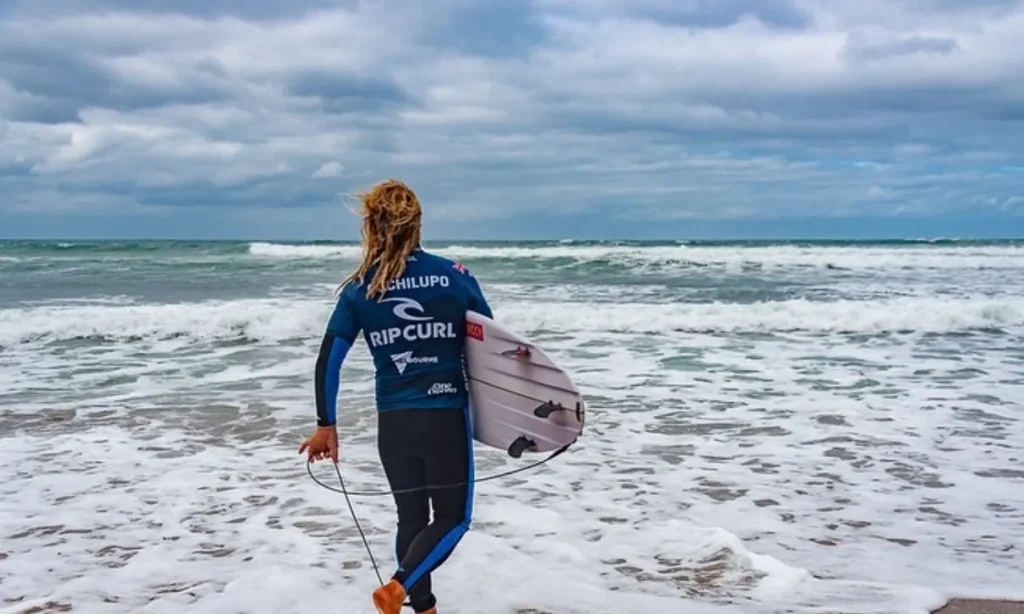
Explore these must-see spots to make the most of your trip:
Torquay
This town is renowned as the gateway to The Great Ocean Road because it has some famous surf beaches along its coastlines together with rich local culture. Surfworld Museum gives an insight into surfing history in this area.
Bells Beach
This world famous surfing destination offers incredible coastal views as well as powerful waves – great spot for watching experienced surfers at work.
Point Addis Marine National Park
The diverse marine life found here makes it an ideal spot for exploration besides having very beautiful coastal walks. Snorkeling and bird watching can be enjoyed at this point.
Aireys Inlet
The historic Split Point Lighthouse lies in Aireys Inlet; a place known for its delightful coastal landscapes that include wonderful walking trails.
Memorial Arch
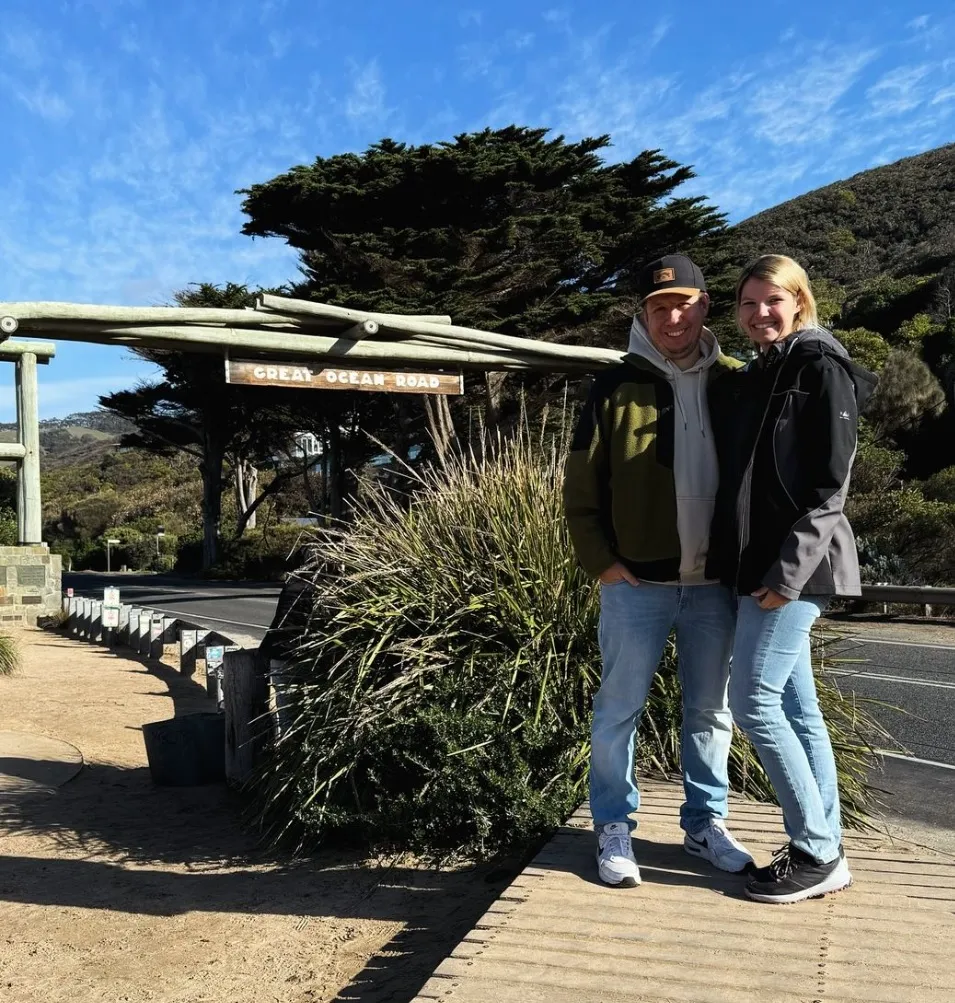
The Memorial Arch is an important landmark on the Great Ocean Road that commemorates the soldiers who built it. It’s a must-visit location for tourists and a moving tribute to the history of this area.
Lorne
Lorne is a popular beach town with a lively atmosphere; you can either explore its shops, cafes and lovely beaches or wander to nearby waterfalls and forest tracks.
Kennett River
Kennett River has some koalas and many colorful birds. You might even spot these fascinating creatures in their natural habitat during your walk along the river.
Apollo Bay
With stunning views, Apollo Bay is a picturesque town to relax in and enjoy fresh local seafood. The Otway Ranges nearby are great for hiking and exploring.
Beech Forest
Beech Forest is a good place to visit if you want to have a peaceful moment surrounded by rainforests and tall trees. It’s an excellent location for nature enthusiasts and those who want peace of mind.
Conclusion
Backpacking down the Great Ocean Road gives an unforgettable adventure through one of Australia’s most beautiful regions. This iconic route has everything from breathtaking coastal views, quaint seaside towns, thrilling walks, and once-in-a-lifetime adventures. So plan ahead, pack smartly, take your time on this trip because there are plenty of attractive sights and scenes along the way which will always be breathtaking. Well if for some reason you don’t want to walk the Great Ocean Road you can book Great Ocean Road tours.
FAQs
When is the best period to backpack across The Great Ocean Road?
This depends on whether you like summer heat but crowds or cooler spring/autumn days with fewer tourists or solitude plus tough winter conditions alike.
What gear should I bring for backpacking?
You need a backpack that is comfortable to carry, hats and sunscreen, tough shoes, the hydro flask that will come in handy when you are thirsty and portable solar power units. If you plan to camp out then ensure you have a tent and some cooking equipment.
Are there camping sites along the Great Ocean Road?
Certainly, there are numerous along this road including Bimbi park and Blanket bay. It is important though to ensure availability as well as regulations prior to visiting them.
Can I access drinkable water along the route?
Yes, many coastal towns and visitor centres provide fresh drinking water facilities. Carrying water bottles at all times is crucial with refilling them whenever possible.
How long does it take to drive the Great Ocean Road?
If one were to travel the full length of the Great Ocean Road without stopping, it would take about four or five hours but if one plans on stopovers at key spots like Twelve Apostles and Cape Otway, expect a whole day or even more for the expedition to complete fully
